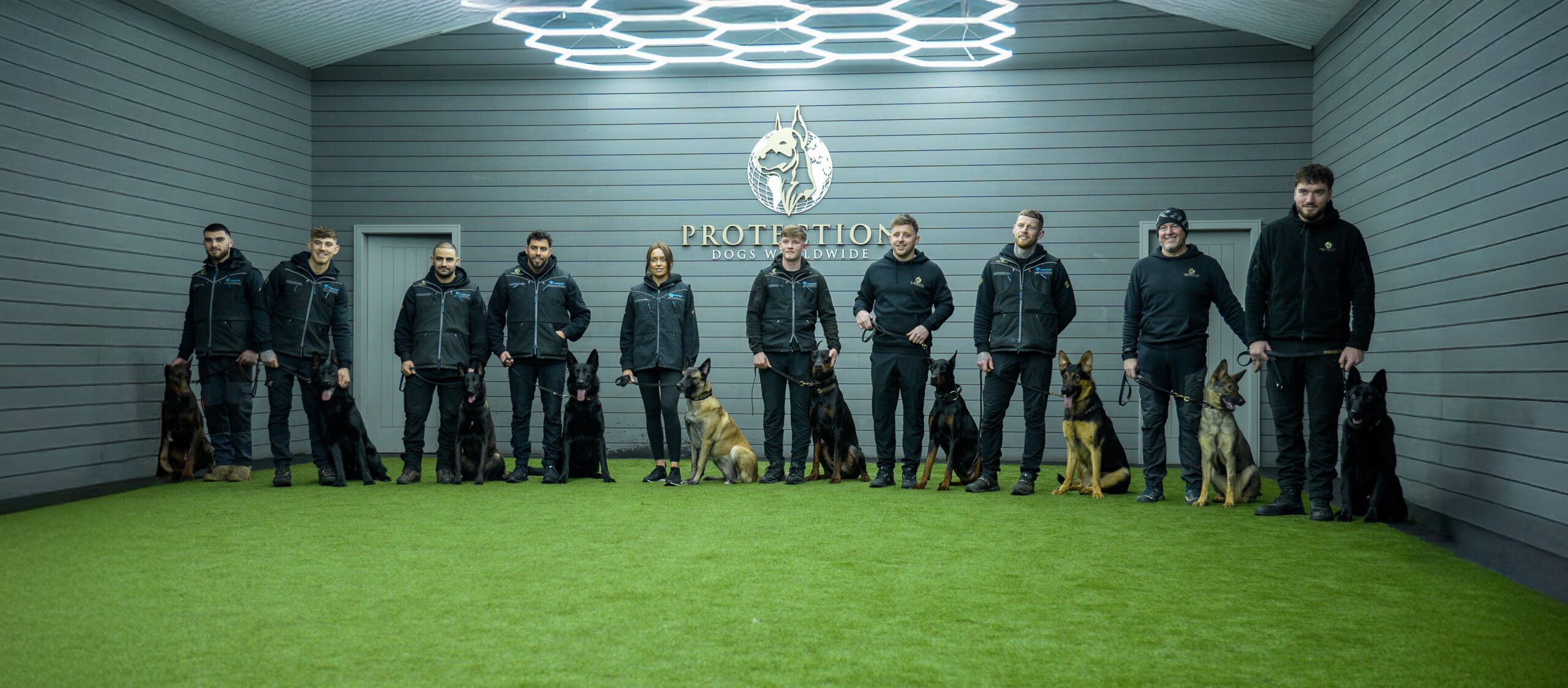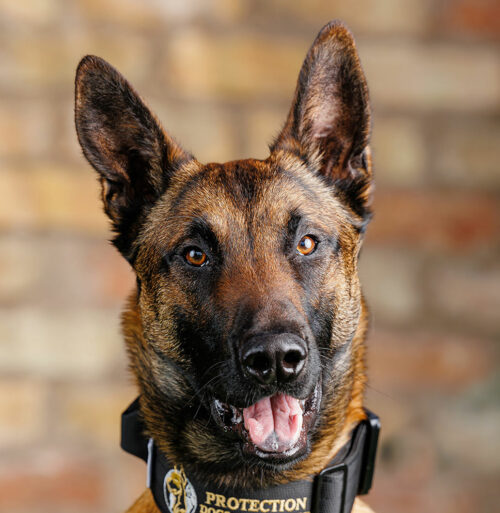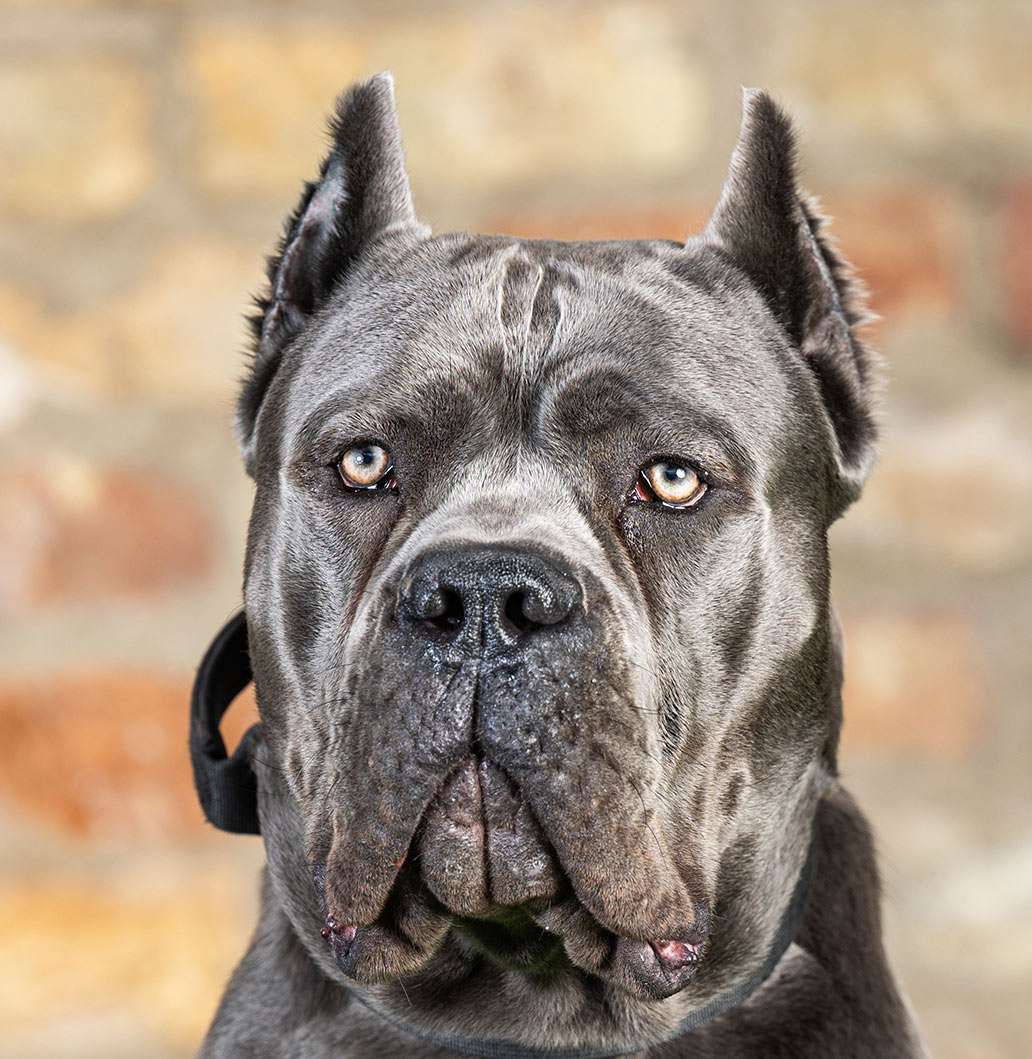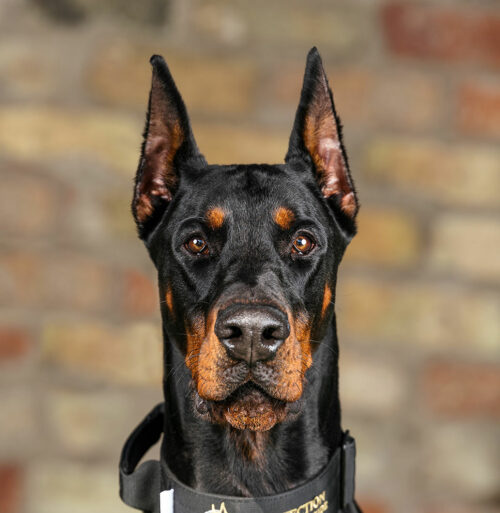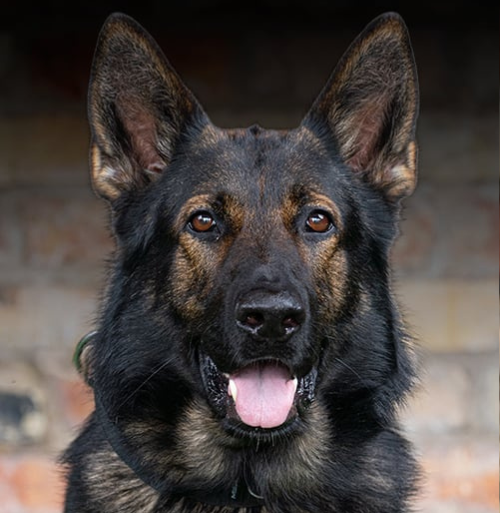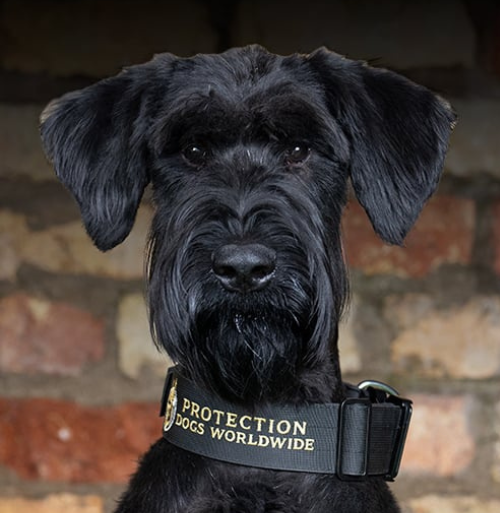22 December 2022
The German Shepherd is one of the most popular dog breeds across the world. It is an intelligent, versatile, and deeply loving and loyal dog. It has proven itself as an equally effective guardian, service dog, and companion and will always be beloved by many. The German Shepherd is a surprisingly diverse breed, and presents in a number of varieties. This blog will provide a breakdown of the most common German Shepherd variants, and explain what this might mean for current or prospective owners.
Broadly speaking, there are two types of German Shepherds: working and show-line dogs. Working dogs were bred and developed to perform specific tasks so will be intelligent, energetic, and highly driven. Aesthetics are less important than working potential with these dogs, so how they look can vary. Broadly speaking, though, working German Shepherds are leaner and smaller, have straight backs, have shorter coats, and come in a number of colours with black and sable mixes being very common. A working German Shepherd will likely require more exercise and enrichment than a show-line dog. It will also thrive and be at its happiest when given a job.
The Czech German Shepherd is perhaps one of the best known and most popular line of working German Shepherds. Originally bred in Czechslovakia to be a military working dog, the Czech German Shepherd has an excellent temperament and is remarkably intelligent. Compact and generally sable or black, Czech German Shepherds are well represented in military and police working dog circles in the UK, as well as protection sports. We have found them to be some of the best and easiest dogs to train for family and personal protection work, and highly rate them.
Show-line German Shepherds are generally larger dogs with sloping backs, short hind legs, and thick glossy coats. The most common and widely accepted coat colours are tan with a black saddle over the mid-back, and occasionally all black. Temperamentally, show-line German Shepherds are relatively docile and while still intelligent lack high work drives. They can make excellent pets, but are not what we look for in a prospective family or personal protection dog. They are also somewhat prone to hip injuries.
If you are interested in purchasing one of our trained working German Shepherds as a family or personal protection dog, we would love to hear from you. Please email info@protectiondogsworldwide.com
 English
English
